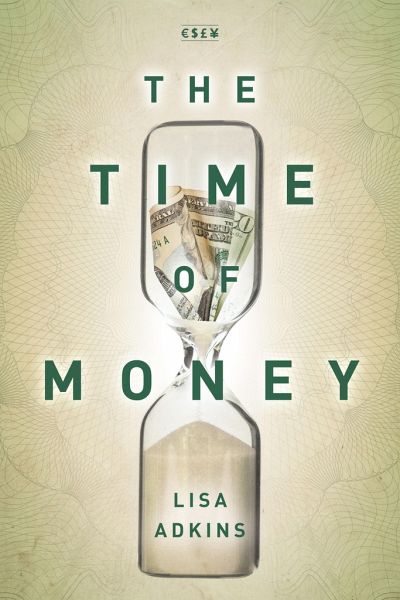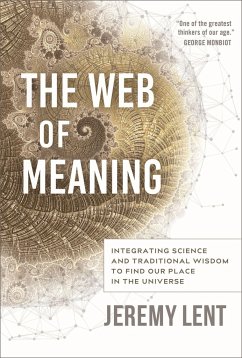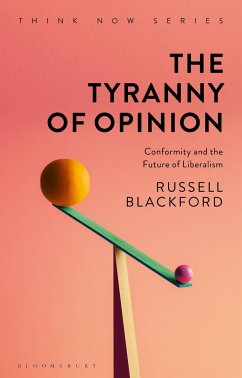Nicht lieferbar

Lisa Adkins
Broschiertes Buch
The Time of Money
Versandkostenfrei!
Nicht lieferbar




The Time of Money investigates how the expansion of finance has led to a distinctive social world that demands a speculative stance towards life as a whole.
Lisa Adkins is Head of the School of Social and Political Sciences at the University of Sydney and the author of The Post-Fordist Sexual Contract (2016).
Produktdetails
- Currencies: New Thinking for Financial Times
- Verlag: Stanford University Press
- Seitenzahl: 240
- Erscheinungstermin: 25. September 2018
- Englisch
- Abmessung: 228mm x 151mm x 20mm
- Gewicht: 376g
- ISBN-13: 9781503607101
- ISBN-10: 1503607100
- Artikelnr.: 50912157
Herstellerkennzeichnung
Libri GmbH
Europaallee 1
36244 Bad Hersfeld
gpsr@libri.de
Für dieses Produkt wurde noch keine Bewertung abgegeben. Wir würden uns sehr freuen, wenn du die erste Bewertung schreibst!
Eine Bewertung schreiben
Eine Bewertung schreiben
Andere Kunden interessierten sich für











